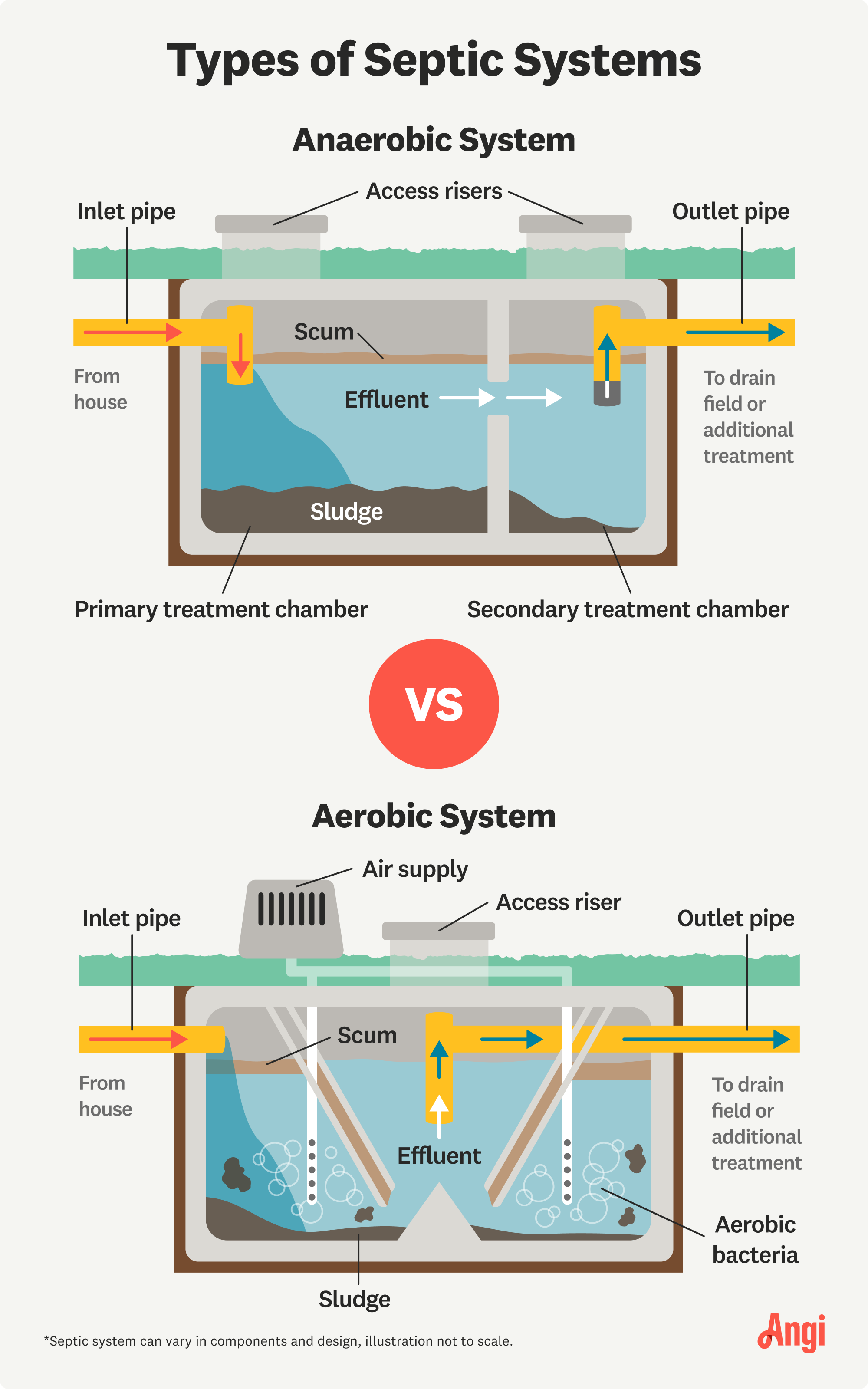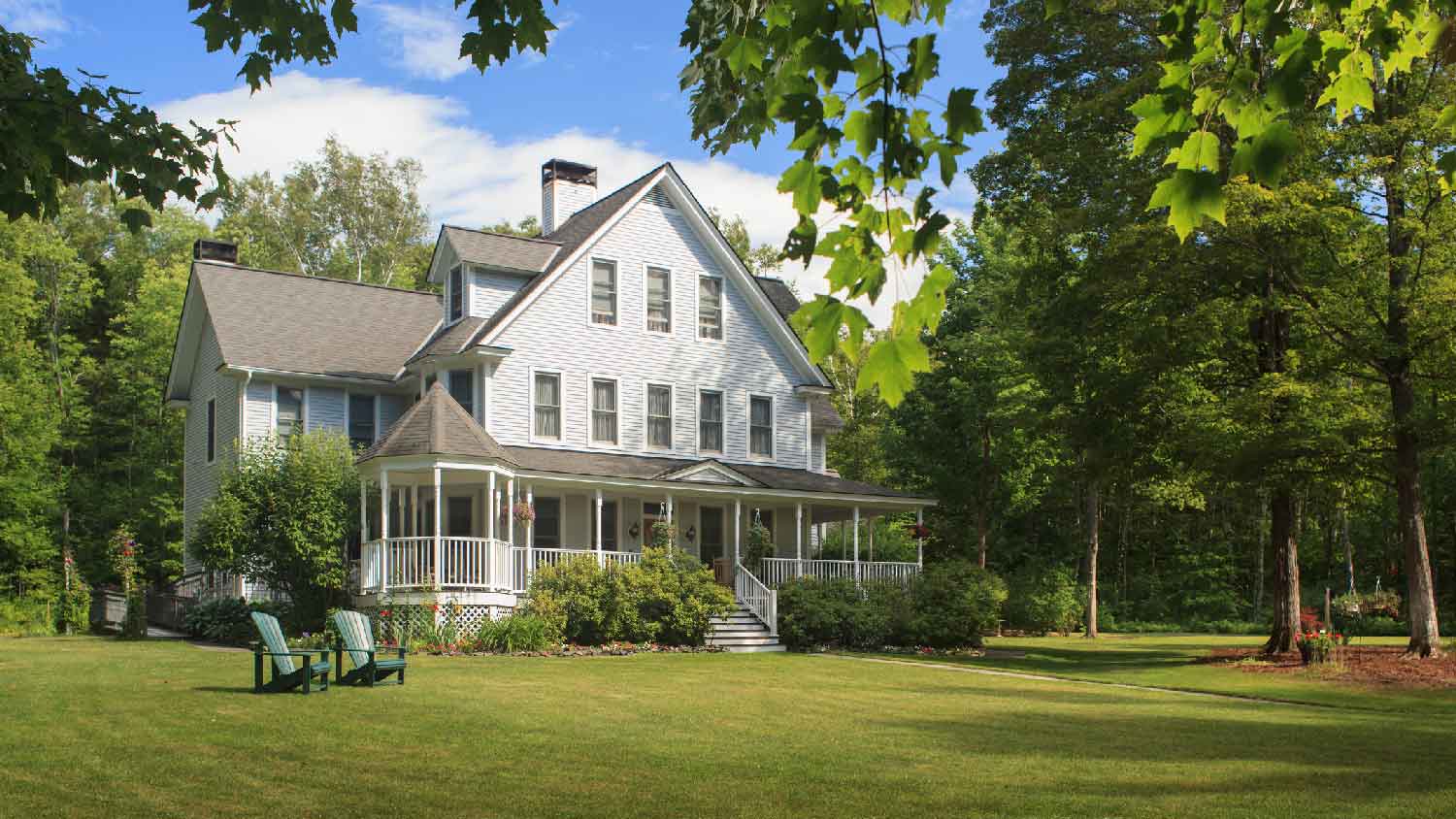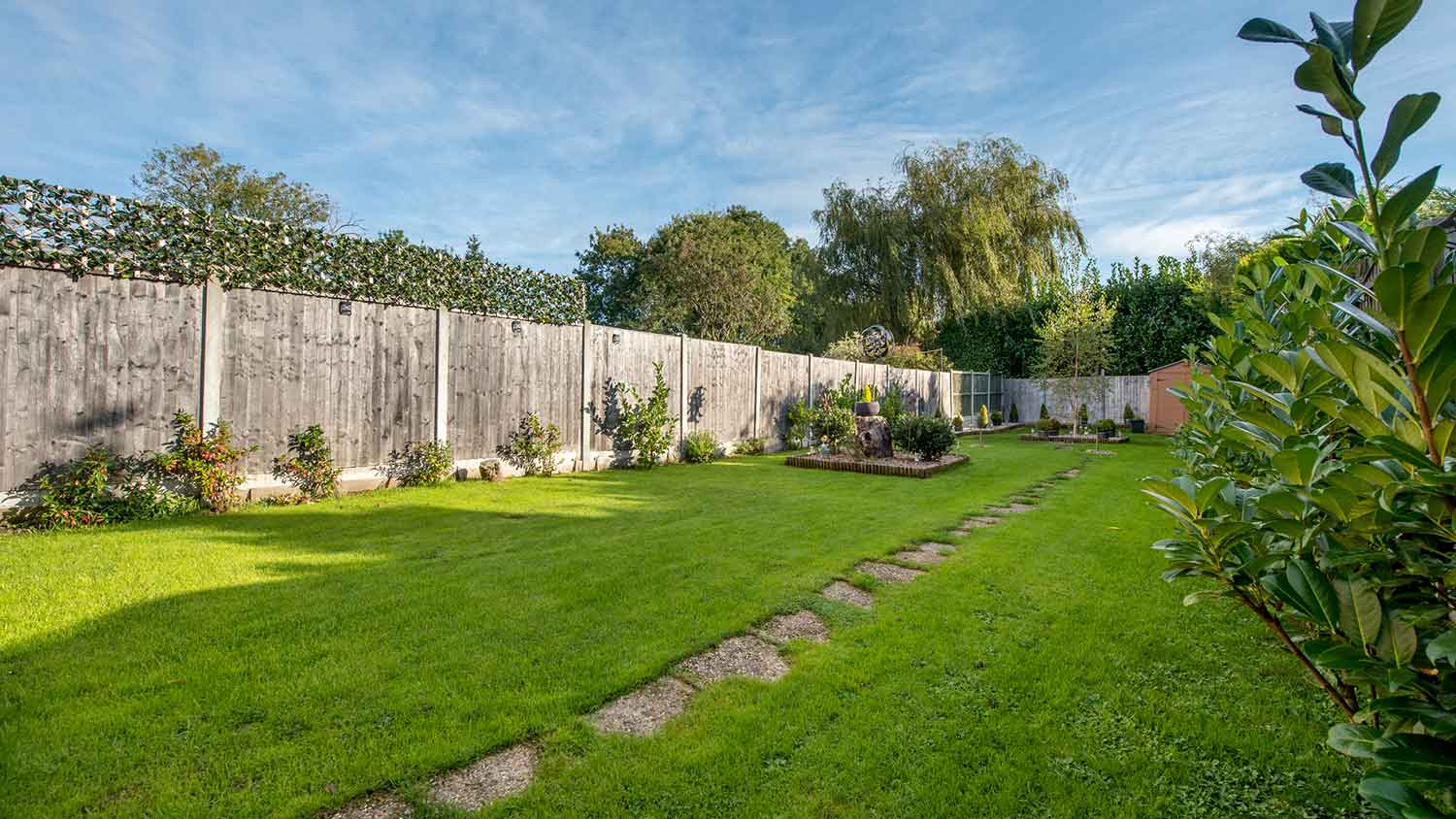
A damaged septic system can leak odors and sewage, so repairs are urgent. Find out how much septic tank repair costs based on repair type, tank size, and more.
Septic system installation costs between $3,150 and $11,321 in Kansas City, Missouri, with an average of $6,963. Your septic pro will consider the system type, size, and location for a personalized quote.


Septic system installation in Kansas City costs about 14% less than the national average.
All three septic tank materials can work in Kansas City since you don’t have to deal with a high water table in the area in most areas.
Since septic systems are fairly common, prospective homeowners will expect yours to be well-maintained.
If you’re planning on constructing a new home in an area that isn’t serviced by Kansas City’s sewage system, you’ll need to get your own septic system. Expect the costs to install a septic system in Kansas City to average $6,963, with a range between $3,150 and $11,321. Here are the main cost factors to budget for depending on your home size, type of tank, site prep, and more.
Here are the main septic system installation cost factors to consider when planning your project in Kansas City, Missouri.
The septic tank size you need will depend on the number of bedrooms your home has. For a three- or four-bedroom home, you’d need a 1,000-gallon septic tank, which costs $800 to $1,300 for the tank alone.
Larger houses have more sinks, toilets, bathtubs, and other wastewater sources that flow into the septic tank. As tank size increases, so do costs.
| House Size (Bedrooms) | Tank Size (Gallons) | Average Cost |
|---|---|---|
| 1 | 500 | $425–$775 |
| 2 | 750 | $600–$1,025 |
| 3–4 | 1,000 | $775–$1,300 |
| 5–6 | 1,200 | $1,025–$1,375 |
| 6–7 | 1,500 | $1,300–$2,150 |
Septic tanks are commonly made of plastic, concrete, or fiberglass, with fiberglass being the most expensive. In Kansas City, where the water table isn’t high in most cases, all three materials are viable choices.
If you decide to go with concrete, investing in a precast tank made with steel-reinforced concrete is ideal. This is a stronger type of concrete tank that can withstand the extreme cold temperatures and freeze-thaw cycles during Missouri’s harsh winters. Here’s how much a tank costs based on each material.
| Septic Tank Material | Average Cost | Pros | Cons |
|---|---|---|---|
| Plastic | $425–$1,725 | Easier to install and keep clean | Cars driving over the tank can crack it |
| Concrete | $600–$1,725 | Lifespan of 40+ years | Harsh freeze-thaw cycles can crack regular concrete tanks |
| Fiberglass | $1,025–$1,725 | Durable and easy to maintain | More costly than other types |

Each type of septic system comes with its own set of pros and cons. While anaerobic systems are relatively low-maintenance, they aren’t great for small properties. Similarly, anaerobic systems can do well in small spaces but require extra work.
| Anaerobic | Aerobic |
|---|---|
| Anaerobic bacteria break down waste | Aerobic bacteria break down waste |
| More affordable | More expensive |
| Uses fewer chemicals | More efficient |
| Needs a larger leach field | Good for smaller properties |
Anaerobic: Anaerobic systems are more common and cost $3,000–$8,000. They’re less costly than aerobic systems and don’t need extra power or chemicals, but they’re less efficient and require a larger leach field. A pipe runs from the house to the septic tank, where another pipe runs into the leach field. Anaerobic bacteria break down solid waste before the system distributes the wastewater into the soil.
Aerobic: Aerobic septic systems utilize oxygen pumped into the tank to activate bacteria that feed on the solid waste. They’re more expensive at $10,000–$20,000 but are more efficient and work well on smaller properties. They require additional power to run, so hook yours up to a power generator in case of a power outage. Otherwise, these systems can plug into your property’s main power source.
These are the steps for site prep that will have to be completed before starting a septic system installation.
Land Survey: You’ll need to get a land survey before installing a septic system to ensure your plans fall within property lines. Expect to spend $330–$900 to hire a licensed land surveyor.
Percolation Test: Before the installation, you need a local perc test pro to perform a percolation test. The test measures water drainage in the soil, soil type, and the height of each sediment layer on your property to determine the best type of septic system for you. The cost to test your soil is $700–$2,000.
Leach Field Installation: Septic tank systems consist of a septic tank and a trench referred to as a leach field or drain field. This section of the system transports the wastewater back to the soil. Drain field installation costs $5,000–$12,000.
When hiring a septic tank company in Kansas City, Missouri, additional labor and permit costs must be considered.
The labor costs for your septic installation make up half or more of your total costs, ranging between 50% and 70%. If you’re wondering whether you can DIY the job, it’s not possible because the Kansas City Health Department requires that you hire a state-licensed septic installer. This ensures that your septic installation is done properly and to code, so you can rely on it for decades to come.
Jackson County requires permits for septic system installation in Kansas City, which costs $250 for new systems. The minimum required lot size for a septic system is 3 acres, and the first step is a percolation test to analyze the soil on your property. A licensed septic installer will submit the design plans, design criteria, soil test results, and material specifications as part of the permit application.
Thousands of homes in Kansas City use septic systems, so having a high-quality, well-maintained system can make your home more appealing to buyers. However, that doesn’t mean it will increase your home value.
On the other hand, if you have an older system that hasn’t been properly or regularly maintained, you could see a decrease in your property’s value. This is because a future homebuyer will need to invest in the cost of necessary septic tank repairs or replacements before they can move into the home.
Home is the most important place on earth, which is why Angi has helped more than 150 million homeowners transform their houses into homes they adore. To help homeowners with their next project, Angi provides readers with the most accurate cost data and upholds strict editorial standards. We survey real Angi customers about their project costs to develop the pricing data you see, so you can make the best decisions for you and your home. We pair this data with research from reputable sources, including the U.S. Bureau of Labor Statistics, academic journals, market studies, and interviews with industry experts—all to ensure our prices reflect real-world projects.
Want to help us improve our cost data? Send us a recent project quote to [email protected]. Quotes and personal information will not be shared publicly.
From average costs to expert advice, get all the answers you need to get your job done.

A damaged septic system can leak odors and sewage, so repairs are urgent. Find out how much septic tank repair costs based on repair type, tank size, and more.

Need to know what sewer line replacement costs? This guide will help you prepare to budget for sewer line replacement done by local contractors.

Get transparent sewer line camera inspection cost info. Learn what impacts pricing and how to budget for this essential home maintenance.

Cleaning out clogged or dirty septic field lines is a quick job for a seasoned pro. Learn what makes up the total cost to clean septic field lines

Got a septic tank? Then you've got a leach field. Knowing where it is helps you maintain your system. Here's how to find a leach field.

It can be unsettling when your sump pump smells like sewage, but it doesn’t always indicate a serious issue. Here are four potential causes and solutions.